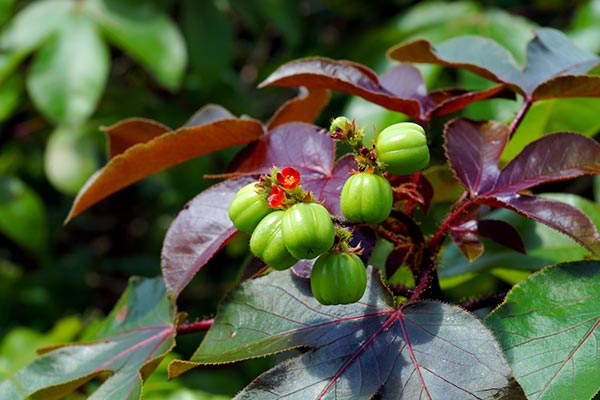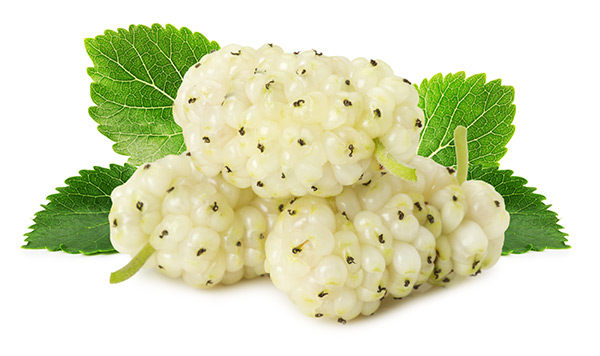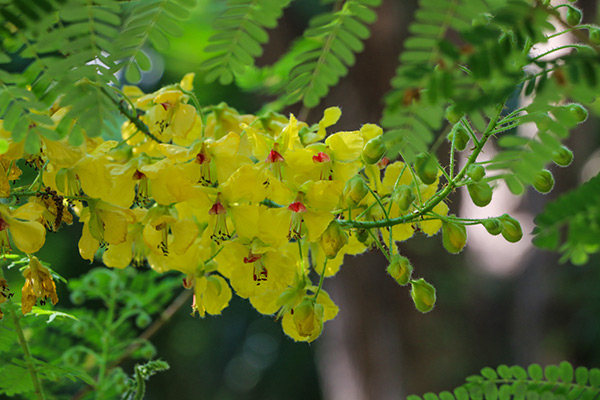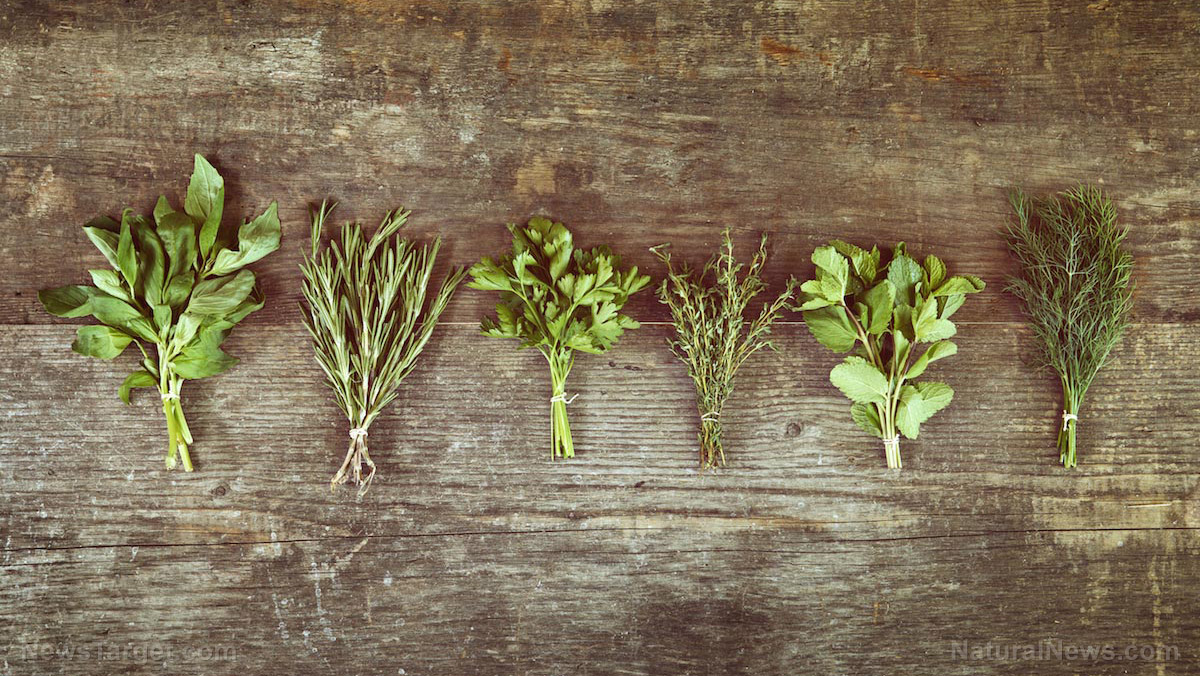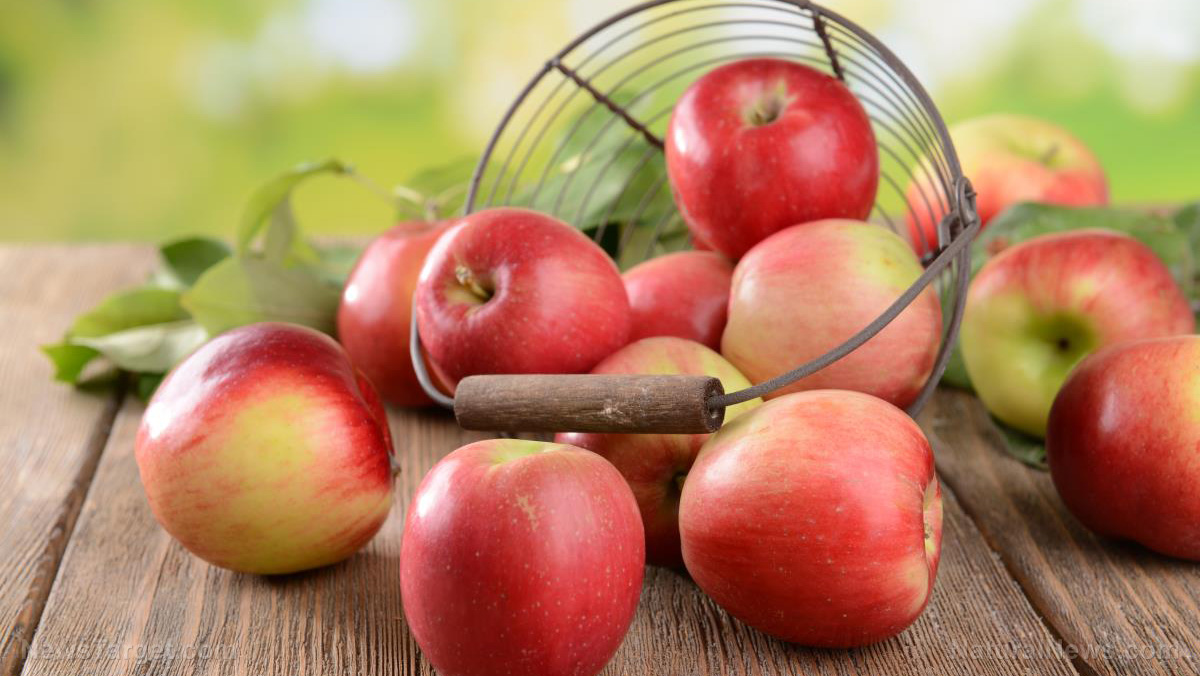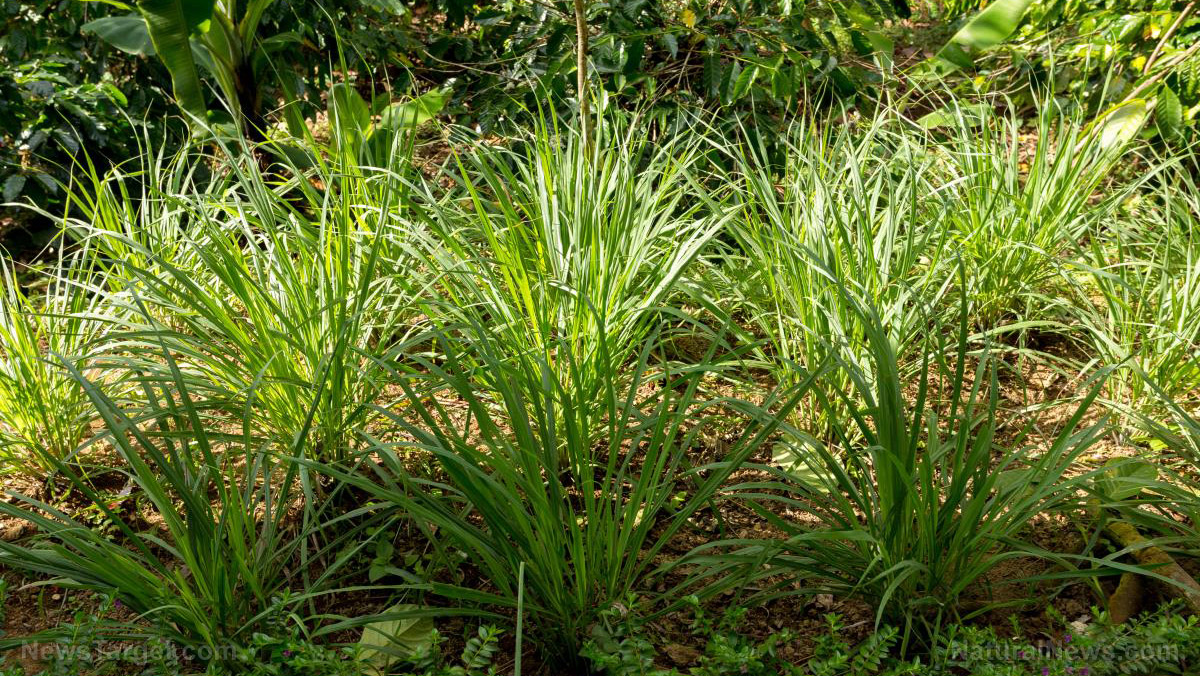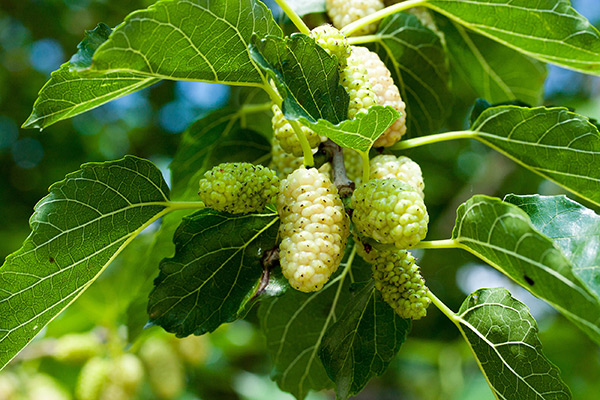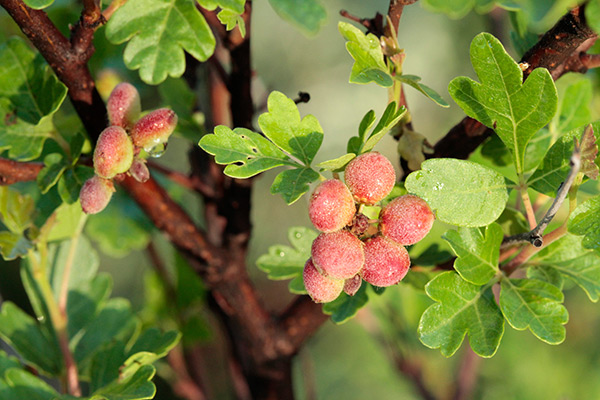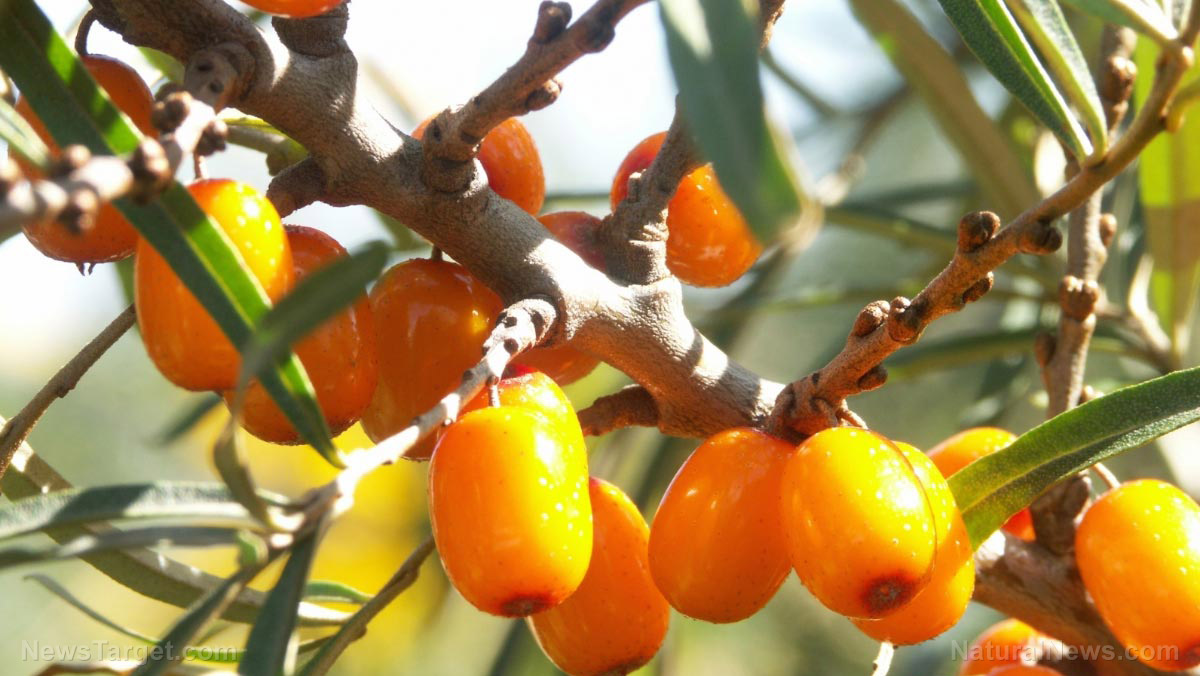Drink green tea while pregnant and breastfeeding; research suggests it protects baby’s liver from damage caused by bacteria
01/20/2018 / By Michelle Simmons

Green tea consumption during pregnancy and breastfeeding can provide protection against liver damage caused by lipopolysaccharide (LPS) in newborns. A team of researchers from Riyadh, Saudi Arabia and Hong Kong conducted a study on the protective properties of green tea on oxidative stress and apoptosis-related (cell death) factors that lead to liver cell damage in newborn rats.
In the study, the research team induced LPS on the mother rats during pregnancy to cause liver damage in newborn rats. Moreover, they fed the mother rats with green tea extract every day during pregnancy and breastfeeding. They analyzed the anti-free radical, antioxidant, scavenging, geno-protective, and anti-apoptotic properties of green tea extract against LPS-induced liver toxicity in newly born rats.
LPS induces toxicity by altering metabolic responses, leukocytosis, and redox status impairments, which result to damages in DNA, proteins, and cells. Green tea contains polyphenols that are known to possess antioxidant, antibacterial, antiviral, anticancer, anti-apoptotic, and anti-mutagenic properties. Dietary antioxidants from plants may improve the potential effectiveness of LPS-induced endotoxemia treatment due to the link between free radical oxidative stress and cell apoptosis in liver tissue impairment.
The results of the study revealed that the aqueous green tea extract possessed protective effects as it reduced the damages caused by the LPS. The research team also observed that the antioxidant activity increased, while nitric oxide levels decreased in the rats treated with green tea extract. In addition, the rats treated with the aqueous green tea extract displayed reduced apoptotic activity. This effect was directly associated with the degree of liver fibrosis. The potential therapeutic protective effects of green tea on liver could be a result of its free radical scavenging and anti-apoptotic properties, which are brought about by green tea’s antioxidant polyphenolic components. The supplementation of green tea to female rats during pregnancy reversed the liver damage caused by LPS in newborns as the total body weight decreased and the liver weight increased.
In the final analysis, the research team suggested that green tea can reverse the damage in liver tissue caused by LPS intoxication by preventing lipid peroxidation, enhancing DNA content, and inhibiting apoptosis.
“We further put forward that the anti-free radical and anti-apoptotic properties of green tea active constituents are the main mechanistic source of the therapeutic effect of green tea as an anti-fibrotic agent,” the researchers wrote.
The findings of the study were published in the African Journal of Traditional, Complementary and Alternative Medicines.
Is green tea safe to drink while pregnant?
Green tea is made from unfermented leaves of the Camelia sinensis plant. It is mostly water and only contains one calorie per cup. Green tea is used in traditional Chinese and Indian medicine as a diuretic, astringent, and to improve heart health. However, it also contains caffeine, which is considered as a stimulant. If you consume caffeine during pregnancy, it can enter the baby’s bloodstream. The baby will take more time to metabolize the caffeine than an adult. The question whether drinking caffeinated beverages during pregnancy is harmful or not remains unclear, although most studies show that moderate amounts of caffeine does not harm the baby. An eight-ounce cup of green tea has about 24 to 45 milligrams (mg) of caffeine. If you are pregnant, limit your caffeine consumption to less than 200 mg per day. This is because some studies show that extreme levels of caffeine may lead to problems such as miscarriages, premature birth, low birth weight, and withdrawal symptoms in babies. (Related: Be Cautious Before You Drink Green Tea: Here are 5 Possible Side Effects.)
Read more stories on disease prevention and healing at AlternativeMedicine.news.
Sources include:
Tagged Under: breastfeeding, Green tea, green tea benefits, infant health, liver damage, nutrients, nutrition, phytonutrients, pregnancy
RECENT NEWS & ARTICLES
COPYRIGHT © 2017 PHYTONUTRIENTS NEWS






